
Astrobiologist Tries Cooking In Antarctica At -94ºF (-70ºC), And The Result Will Crack You Up
Cyprien Verseux is a glaciologist and astrobiologist, currently working on the most remote scientific base in the world: Concordia Station in Antarctica. Even the International Space Station, 400km above the Earth, is closer to civilization than this place, deep in the icy wastes of our most isolated and inhospitable continent.
When not busy collecting samples and doing research about climate in eras past, Cyprien keeps a blog to share his experience of living in this extreme weather and environment. The difficulties of doing the kind of things that we all take for granted make for a fascinating read, Cyprien and a small group of scientists are alone at the base in the depths of a South Pole winter where even bacteria cannot survive. “Nine months a year, during the winter, it cannot be left or reached,” Cyprien told Bored Panda. “It is so cold that vehicles can’t come and go. We are currently 13 people: technicians, scientists, a cook, and a medical doctor.”
The lack of oxygen and barren, desert landscape make the scientists feel like they are living on another planet. “It is the coldest place on Earth, with temperatures reaching below -80°C in winter,” he explained. “We saw the Sun again in August after three months without it ever passing the horizon. The air is dry and poor in oxygen.”
“In spite of being in an inhospitable desert, Concordia is highly attractive to researchers from different fields such as astronomy, human physiology (The European Space Agency is using it to study human adaptation to what is very similar to future conditions of a Moon or Mars base), glaciology, atmospheric sciences, astrobiology and geophysics.”
Cyprien and his fellow scientists’ work is vitally important, as it sheds light on how the climate has changed in the past and gives insight into possible changes in the future. “Research done here yields invaluable information on climate change,” he told us. “It is thanks to the EPICA project conducted here that we know that greenhouse gas levels, specifically carbon dioxide and methane, have never been so high in at least the past 800 000 years.”
Just for fun, Cyprien decided to go outside and have a go at ‘cooking,’ taking photos of different kinds of foods in the deep freeze. Of course, it was just a game, but the gravity-defying pictures vividly illustrate the absolute intensity of the cold down there in Antarctica, this is no picnic! “We run out of fresh food early in the winter (as we have no resupply from early February to early November), so we eat mostly frozen food: given that the temperatures never are in the positive, we just store it in containers outside.”
Scroll down below to check out the incredible images for yourself, and let us know what you think in the comments!
Cyprien Verseux is a glaciologist and biologist, currently working on the most remote scientific base in the world: Concordia in Antarctica
When not busy doing research about climate in eras past, Cyprien keeps a blog to share his experience of living in this extreme environment
Just for fun, Cyprien decided to go outside and have a go at ‘cooking,’ taking photos of different kinds of foods in the deep freeze
Of course, it was just a game, but the gravity-defying pictures vividly illustrate the absolute intensity of the cold down there in Antarctica
This is no picnic!
“It is in the coldest area on Earth, with temperatures reaching below -80°C in winter,” Cyprien told Bored Panda
“We saw the Sun again in August after 3 months without it ever passing the horizon. The air is extremely dry and poor in oxygen”
“We run out of fresh food early in the winter (as we have no resupply from early February to early November), so we eat mostly frozen food”
“We are currently 13 people. Technicians, scientists, a cook and a medical doctor”
“In spite of being in an inhospitable desert, Concordia is highly attractive to researchers from different fields such as astronomy and human physiology”
“We are using it to study human adaptation to what is very similar to future conditions of a Moon or Mars base”
“Also, thanks to a project conducted here, that we know that greenhouse gas levels have never been so high in at least the past 800 000 years”
Here’s what people had to say
333Kviews
Share on FacebookYes, I want to know too. Does anyone know if he answered? Probably tries to find out what microorganisms could survive on planets with similar temperatures.
Load More Replies...Absolutely! At first I thought “I’ll never get bored of seeig such a night sky”, but then I remembered this is all they could see outside for three months when there is no sun (this and dark snow storms).
Load More Replies...In case people are wondering, the reason that the region is "poor in oxygen" is because most of the Antarctic is several kilometres in altitude and consequently the air is 'thinner'. The actual concentration i the thin air is about the same as most other places on the planet - about 21%,
"i" = "of"... You'd think that I'd learn to proof-read...
Load More Replies...Yes, I want to know too. Does anyone know if he answered? Probably tries to find out what microorganisms could survive on planets with similar temperatures.
Load More Replies...Absolutely! At first I thought “I’ll never get bored of seeig such a night sky”, but then I remembered this is all they could see outside for three months when there is no sun (this and dark snow storms).
Load More Replies...In case people are wondering, the reason that the region is "poor in oxygen" is because most of the Antarctic is several kilometres in altitude and consequently the air is 'thinner'. The actual concentration i the thin air is about the same as most other places on the planet - about 21%,
"i" = "of"... You'd think that I'd learn to proof-read...
Load More Replies...
 Dark Mode
Dark Mode 

 No fees, cancel anytime
No fees, cancel anytime 






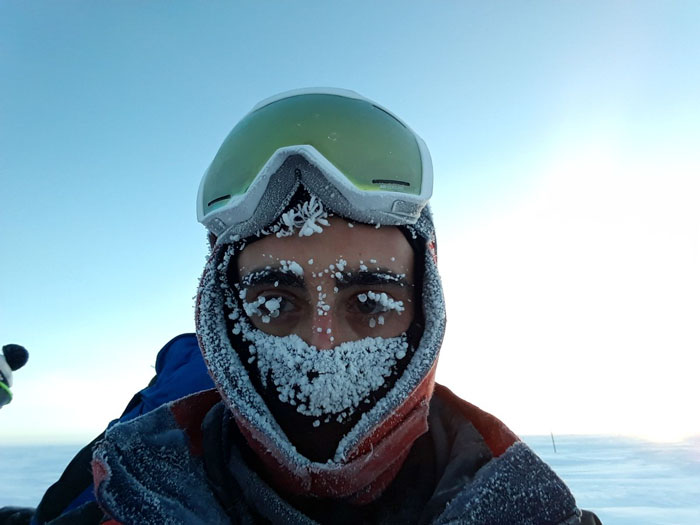
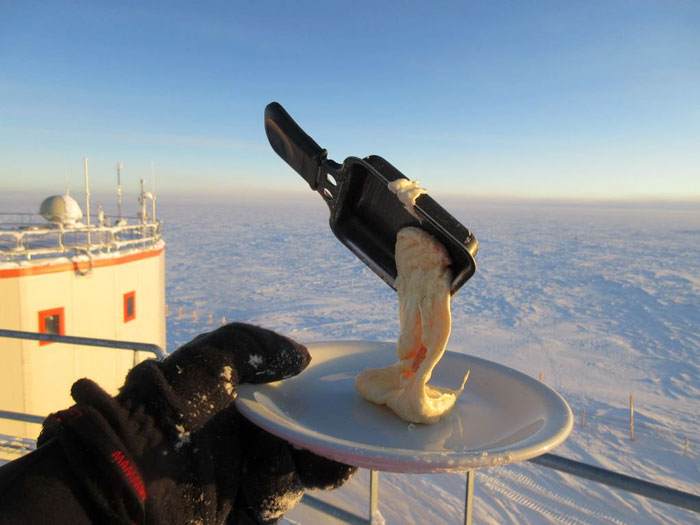
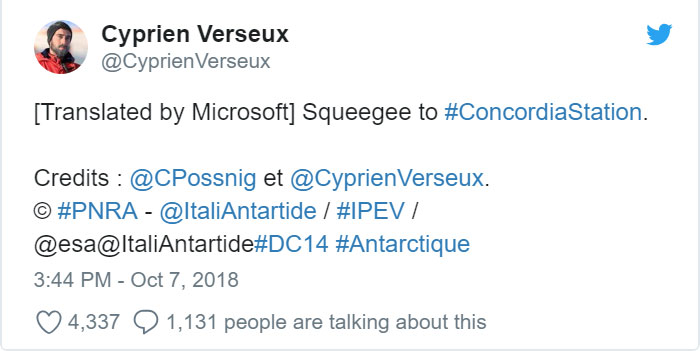
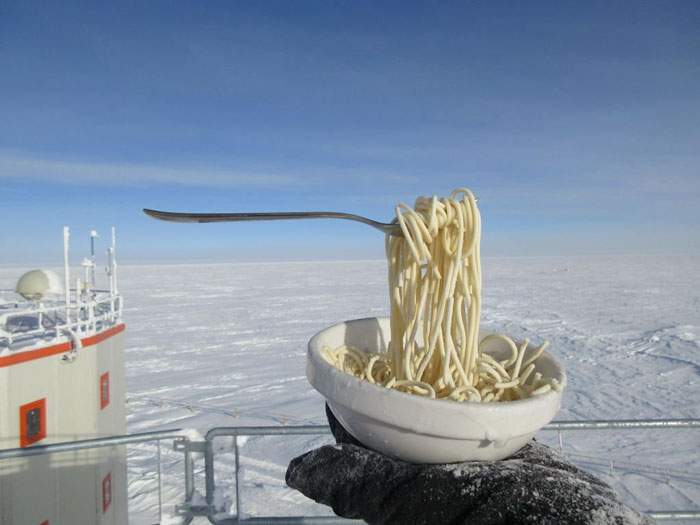
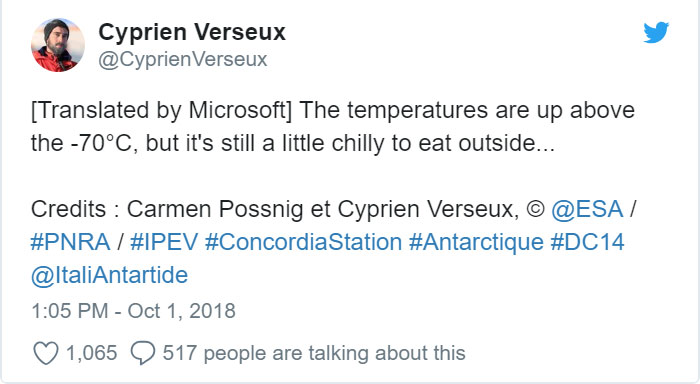
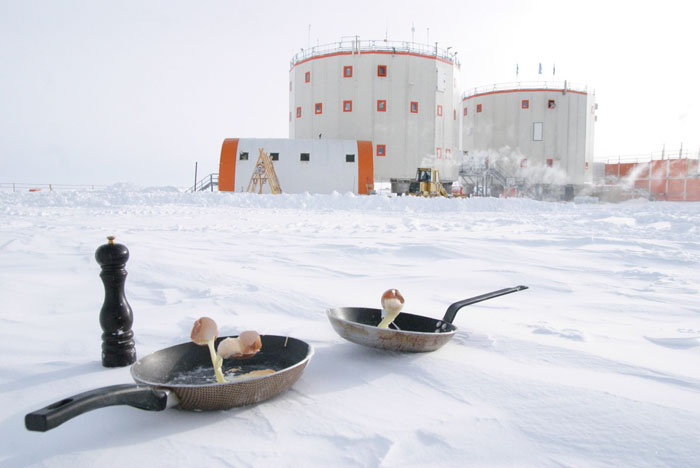
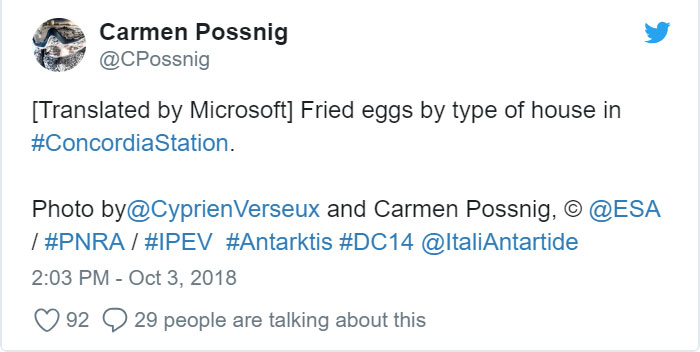
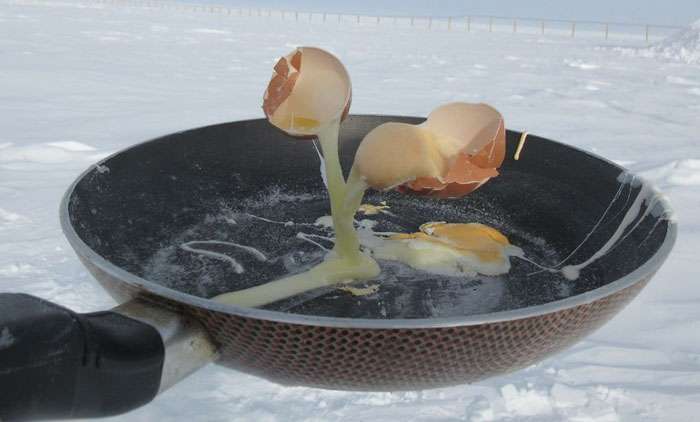
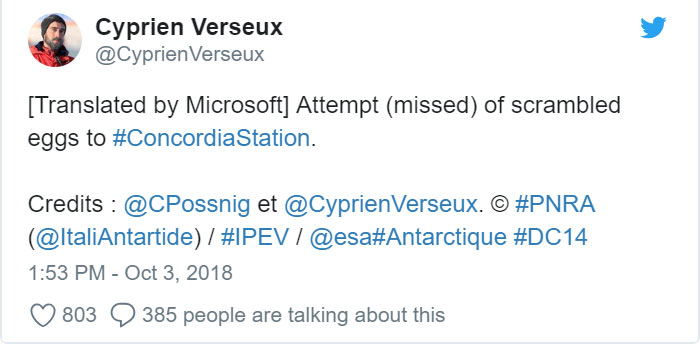
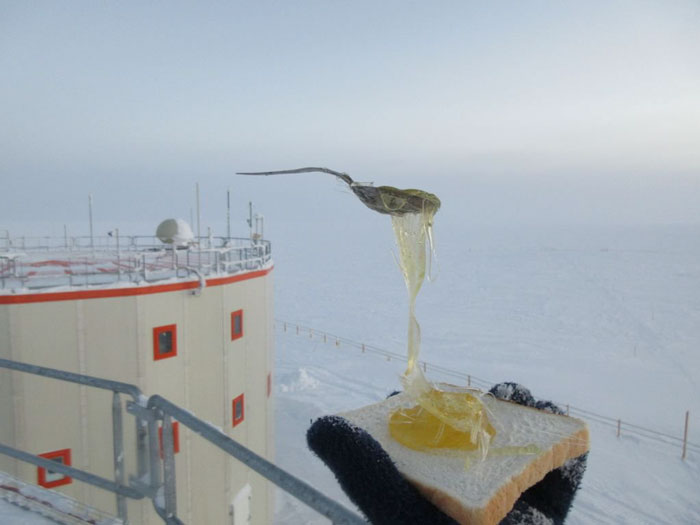
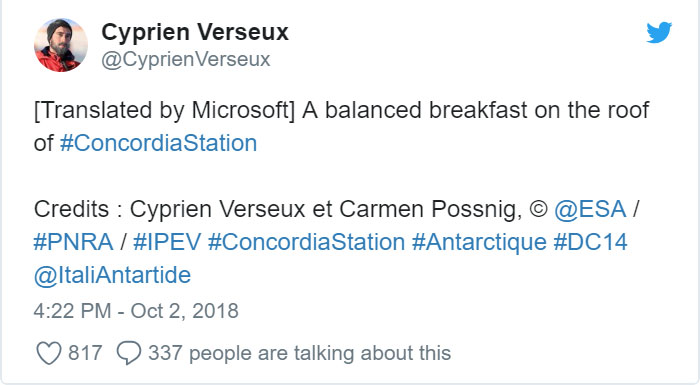
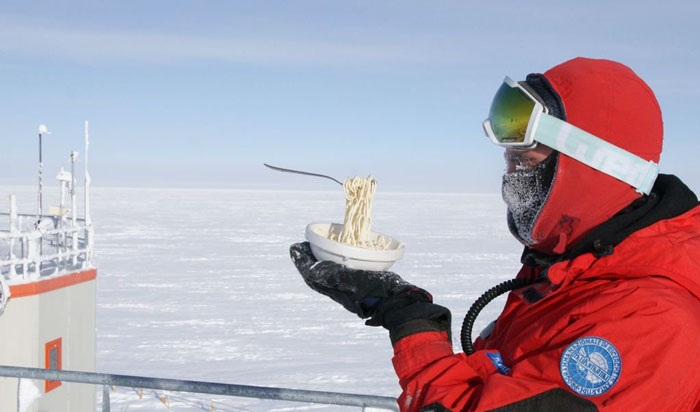
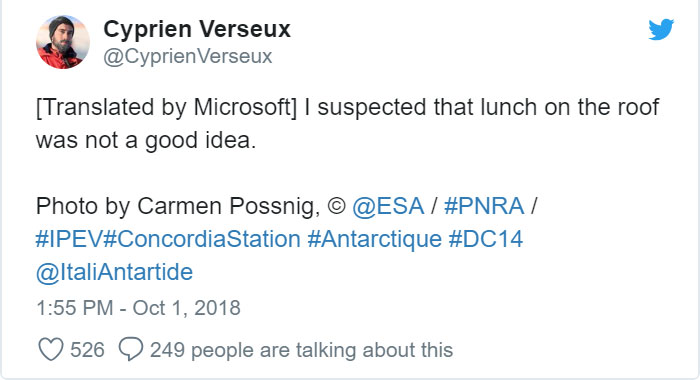
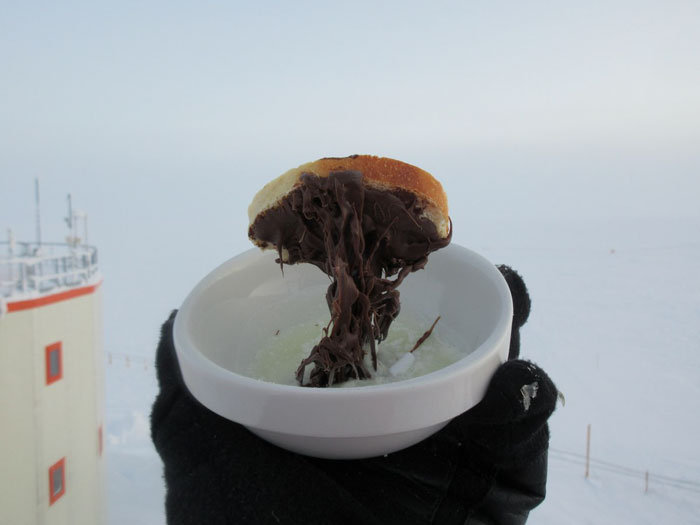
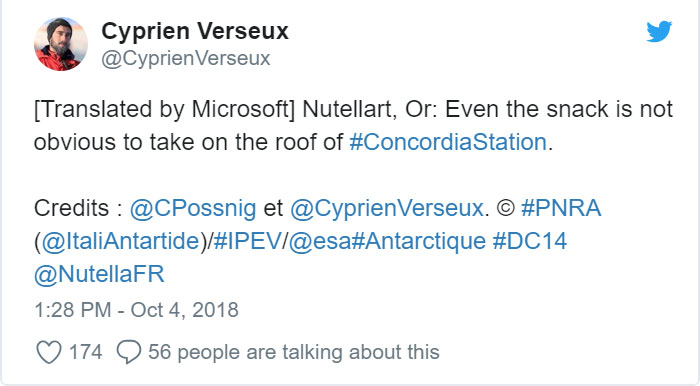
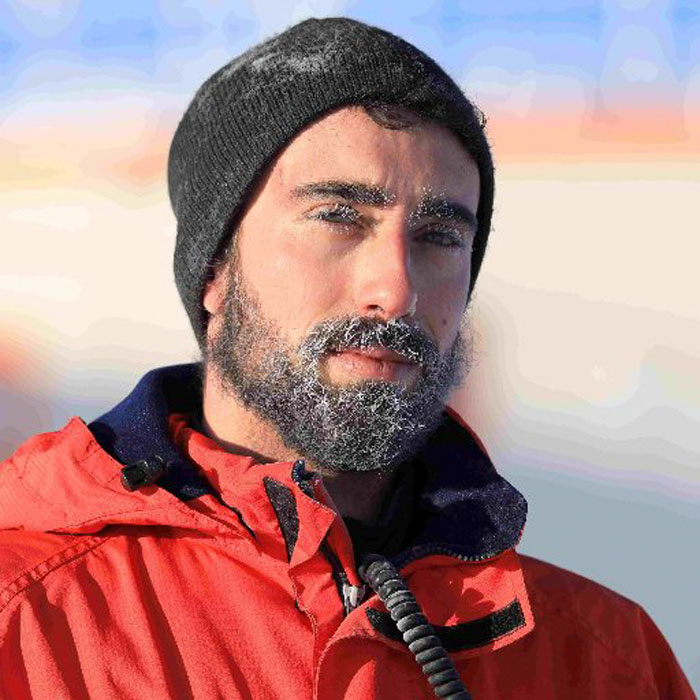
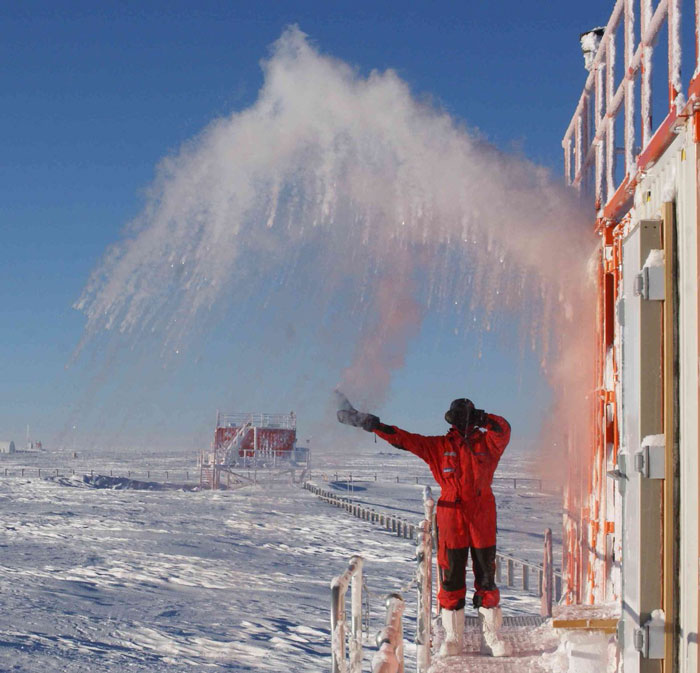
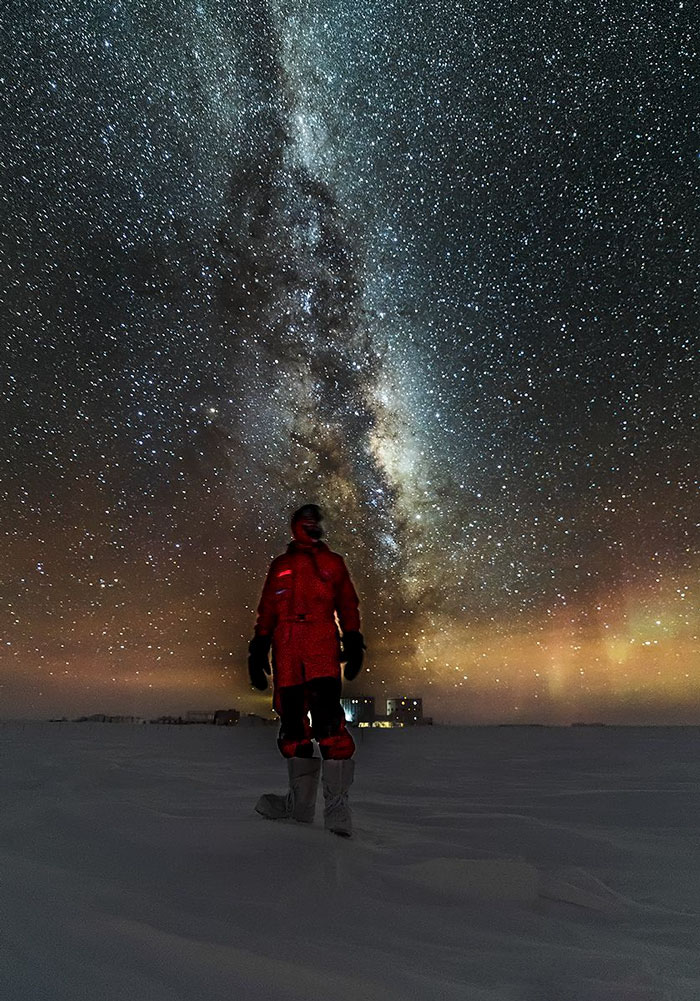
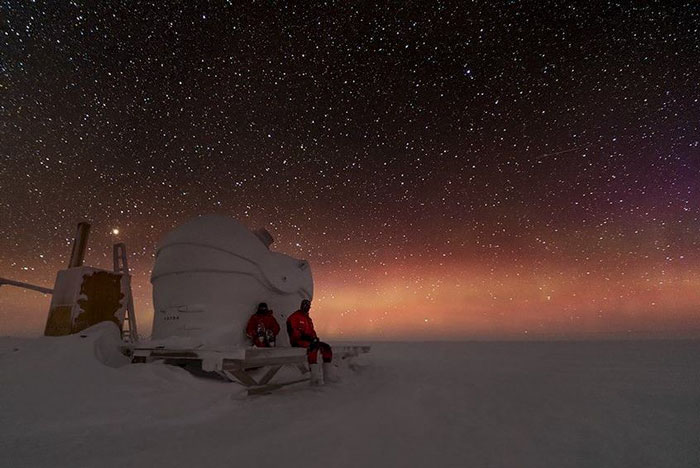
















































475
73